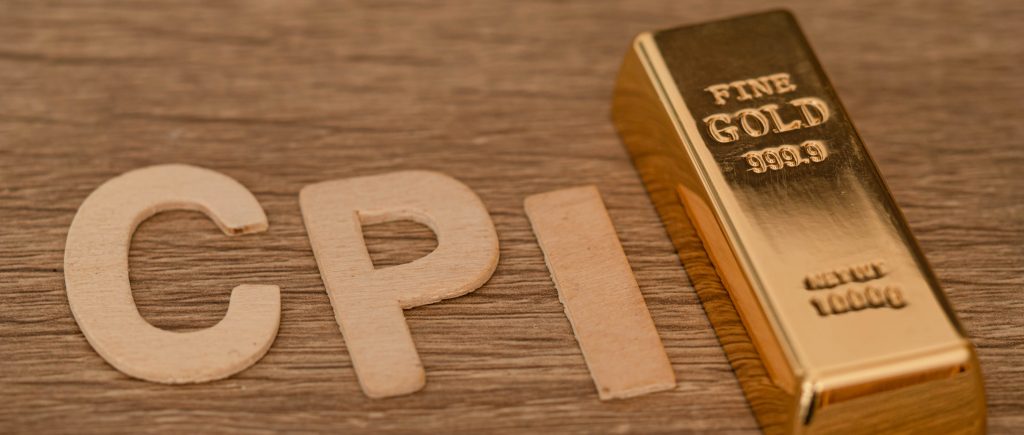Earlier during the North American trading session, gold price has significantly leapt reaching $2,390, its highest level in three weeks, with a gain of over 1%. The precious metal is trading at $2,388.78 per ounce at the time of writing, up +0.11%.
This upward trend follows the release of data by the US Bureau of Labor Statistics (BLS), which indicates a slowdown in inflation. As a result, market participants are once again considering the possibility of a Federal Reserve (Fed) rate cut in 2024. Let’s explore the details.
Easing Inflation, Declining Bond Yields
The recent BLS data reveals that consumer inflation is easing, providing a favorable environment for gold. Despite an annual inflation rate above 3%, the monthly figures indicate a slower pace of inflation, which reduces pressure on the Fed. Consequently, US Treasury bond yields have plunged, particularly at both the short and long ends of the yield curve, dropping by 8 to 10 basis points.
Stagnant Retail Sales
In April, Retail Sales remained unchanged at 0% MoM, falling short of the estimated 0.4% increase. This data suggests a deterioration in consumer spending, which could further influence the Fed’s policy decisions.
Fed Officials’ Perspectives
Minneapolis Fed President Neel Kashkari highlighted the impact of higher government debt on inflation. He proposed that achieving the Fed’s 2% inflation target might necessitate higher borrowing costs in the near term. Kashkari also raised questions about the extent of monetary policy restrictions.
Gold Prices, Market Dynamics:
Gold prices have found support from Lower US Treasury Yields. Prices are currently buoyed by lower US Treasury yields. Specifically, the 10-year Treasury note yield has declined to 4.352%, marking a 9 basis point drop from its opening level.
The weaker US Dollar, simultaneously acts in favour of the precious metal. The US Dollar Index (DXY) has experienced a 0.66% decline, bringing it down to 104.33. This weakening of the dollar contributes to the positive sentiment around gold.
Powell’s Perspective:
Fed Chair Jerome Powell remains cautious about the disinflation outlook, even though he anticipates continued inflation decline. His comments emphasize that the Fed’s rate decisions are data-dependent.
CPI, Retail Sales:
In April, the CPI rose by 0.3% MoM, falling short of both estimates and March’s reading of 0.4%. The core CPI, which excludes volatile food and energy prices, also increased by 0.3% MoM, but it did not reach the prior reading of 0.4%. Retail Sales, however, remained unchanged at 0% MoM in April, missing the estimated 0.4% increase. Over the past twelve months, Retail Sales grew by 3%, which is lower than the previous reading’s 3.8% increase.
What could be next for gold?
Investors surely keep an eye on additional economic data this week, including Initial Jobless Claims and Industrial Production. The New York Federal Reserve’s Survey of Consumer Expectations reports an increase in inflation expectations for the year, while interest rate cut expectations for year-end have risen to 42 basis points. Gold’s recent advance is influenced by a combination of factors, including easing inflation, falling bond yields, and a weaker dollar. As the Fed makes policy decisions, market participants eagerly await further developments.

 Noor Trends News, Technical Analysis, Educational Tools and Recommendations
Noor Trends News, Technical Analysis, Educational Tools and Recommendations




